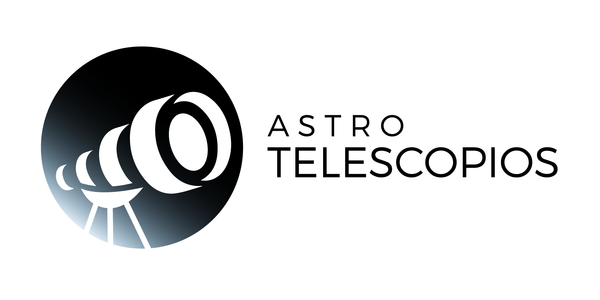
Tips for giving a children's telescope
When we refer to a children's telescope we are talking about telescopes for children between approximately 7 and 12 years of age. From the age of 12 onwards, some young adolescents are already ready to delve into amateur astronomy if they have previously used a telescope.
In this article we are going to talk about recommendations for the little ones between 7 and 12 years old, separating them into two groups, first we will address the age between 7 and 9 years old and finally from 10 to 12.
Children's telescopes for children between 7 and 9 years old
Look for telescopes that are well built and made of sturdy materials, as children can be quite active and you need something that will hold up to constant use.
Additionally, children's telescopes should be easy to use and handle. Look for those with a simple approach and intuitive controls so that little ones can adjust them themselves.
A lightweight and portable telescope will be easier for children to carry and use in different places. A good option is to purchase a table telescope, such as the National Geographic Dobson type with a 76mm aperture or a telescope with a carrying case with a table tripod .
You don't need an extremely powerful telescope for kids, but make sure it has enough power to see the Moon, planets, and maybe some stars. With refractors starting at 50 mm your little one will have a good experience, but the larger the aperture, the further away and the better the experience will be.
Some telescopes come with additional accessories, such as interchangeable eyepieces, stable tripods, or beginner's guides. As is the case of the Discovery Sky 50 mm aperture telescope with book .
Beginner telescopes for young people from 10 years old
From the age of 12, some children can easily handle a beginner's telescope. However, it is recommended that up to approximately 12 years of age they try to use a telescope with an easier mount, such as altazimuth mounts.
The Bresser 70mm nano AR refractor telescope is a very good choice for all beginners.
Although when you read 70mm opening It won't seem like much, BRESSER NANO AR-70/700 AZ It offers you 36% more light compared to a 60mm refractor. And you will notice it in its optical performance: on the planet of Jupiter, at a distance of 600 million kilometers, you will be able to see the two bands of nebulae. It is delivered almost completely assembled - you can start using it by adjusting some threads.
And best of all: with the mobile phone holder included in the delivery, you can easily take snapshots of the objects observed in color and magnified with your phone.
If you are looking for something more compact, powerful and also automatic, our advice is the Refractor Automatik 80 mm .
The remote control It allows easy alignment of the telescope with the night sky and you can track the most interesting celestial objects automatically with the push of a button . More than 270,000 known astronomical objects are stored in its database. You can sit down and you will only have to focus on one thing: the view of the vast starry firmament! Numerous craters will be shown on the Moon, the cloud belts of Jupiter or the rings of Saturn.
From the age of 12, we recommend not only the above ones, which are also suitable for first-time sailors, but any telescope for beginners and the recommendation is that you try to start with a telescope that has at least an aperture of 70 mm. If you can afford it, a 130 mm aperture, as is the case with the Omegon reflector telescope , or a 127 mm reflector, as is the case with the MAK 127 from SkyWatcher .
Do you need advice on finding your telescope?
Write to us so we can help you, we can do it by phone, WhatsApp, e-mail. You just have to use our contact information available in our online store.
E-mail: atencionalcliente@astrotelescopios.es
WhatsApp: +34606566298
